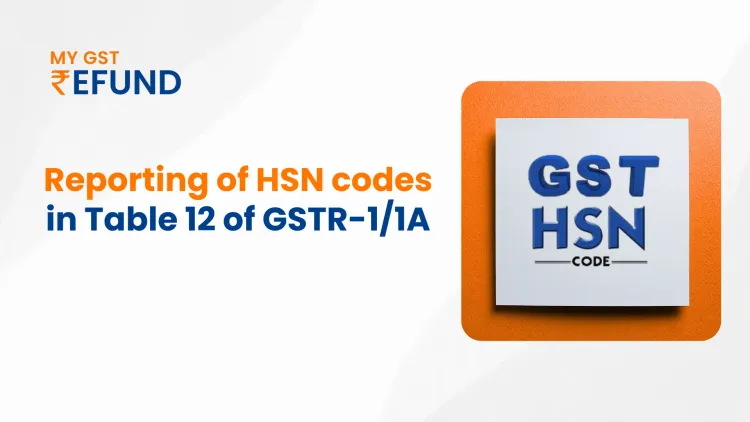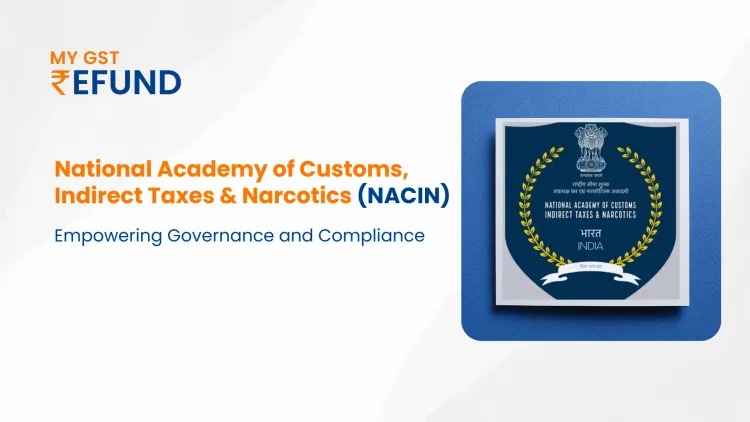Input Service Distributor (ISD) under GST: Meaning, Registration, and Process
The Indian Goods and Services Tax (GST) structure seeks to simplify the system of indirect taxation. One of the major innovations brought in under GST is the Input Service Distributor (ISD) scheme. It assists large companies having various branches or units in managing their Input Tax Credit (ITC) effectively.
Here we describe what is an ISD. Why we need one, how do we get one registered, and the procedural considerations involved?
What is an Input Service Distributor (ISD) in GST?
An Input Service Distributor (ISD) is the office of an enterprise that charges invoices for the input services consumed by its branches or units and distributes the ITC to its branches proportionally.
The ISD mechanism can be used only for credit distribution on input services, not on goods.
Key Features of Input Service Distributor (ISD)
- It is not a service or goods supplier.
- Distributes credit only on input services (not on capital goods or input goods).
- ISD can distribute ITC to units spread across India, even in different states.
- The distribution is made through a different GSTIN (ISD registration is required).
Need for Input Service Distributor (ISD) under GST
High-value purchases are frequently centralized, but the benefits of services like advertising, auditing, consulting, etc., are enjoyed by several units; hence the ISD mechanism for ensuring equitable distribution of ITC to all eligible units.
This prevents duplication and confusion in claiming ITC by various units and facilitates better compliance and utilization of credit.
Who Can Register as an ISD?
Any business entity with more than one GST-registered place and receiving centralized services at one location can register that place as an ISD to distribute the credit of such services.
ISD Registration Process
The steps for ISD registration under GST are as follows:
1. Individual registration under GST as an ISD (even if registered already).
2. Apply on the GST portal using Form GST REG-01.
3. Choose "Input Service Distributor" in the nature of registration.
4.No further documentation is needed except for normal business KYC documents.
How Does the ISD Mechanism Work?
Step-by-Step Process:
- Head Office receives invoices for input services.
- It determines the eligible ITC.
- ITC is distributed to each branch according to their usage or turnover.
- The credit is passed on through Form GSTR-6, which is filed monthly.
- The receiving unit accounts for the ITC in Form GSTR-2B.
Example
A firm has a head office in Mumbai and its branches in Delhi and Bangalore. It gets an invoice from an advertisement agency for ₹100,000 with GST of ₹18,000. The service is utilized by all three places. On the basis of turnover, the head office can allocate ₹6,000 each to Delhi and Bangalore.
Documents Needed for ISD Registration
- PAN of the company
- Document of business registration
- Address proof of ISD office
- Authorized signatory details
- Bank account details
Returns to be Filed by ISD
Key Points to Remember
- ISD can distribute only input services, not goods or capital goods.
- It has to be a separately registered GST entity.
- Cross-state distribution of ITC is permitted.
- The ISD mechanism improves transparency and compliance in ITC claims.
Benefits of ISD
- Effective utilization of credits
- Improved internal control over service-related ITC
- Easy compliance for firms with multiple locations
- Prevents double claiming or lost credits
Conclusion
The Input Service Distributor (ISD) concept in GST is instrumental in facilitating the fair and legal distribution of ITC on input services. For companies with multi-location operations, registering an ISD is not only a compliance necessity—it's a strategic choice for maximized tax credit management.
FAQs
1. Can an ISD distribute ITC on capital goods?
No, ISD can distribute ITC only on input services, not on capital goods or input goods.
2. Do all businesses need to register as an ISD?
No, it's voluntary and only if a business wishes to distribute input service ITC to other units.
3. Can an ISD distribute ITC to units in other states?
Yes, cross-state credit distribution is allowed under the ISD mechanism.
Related Posts








